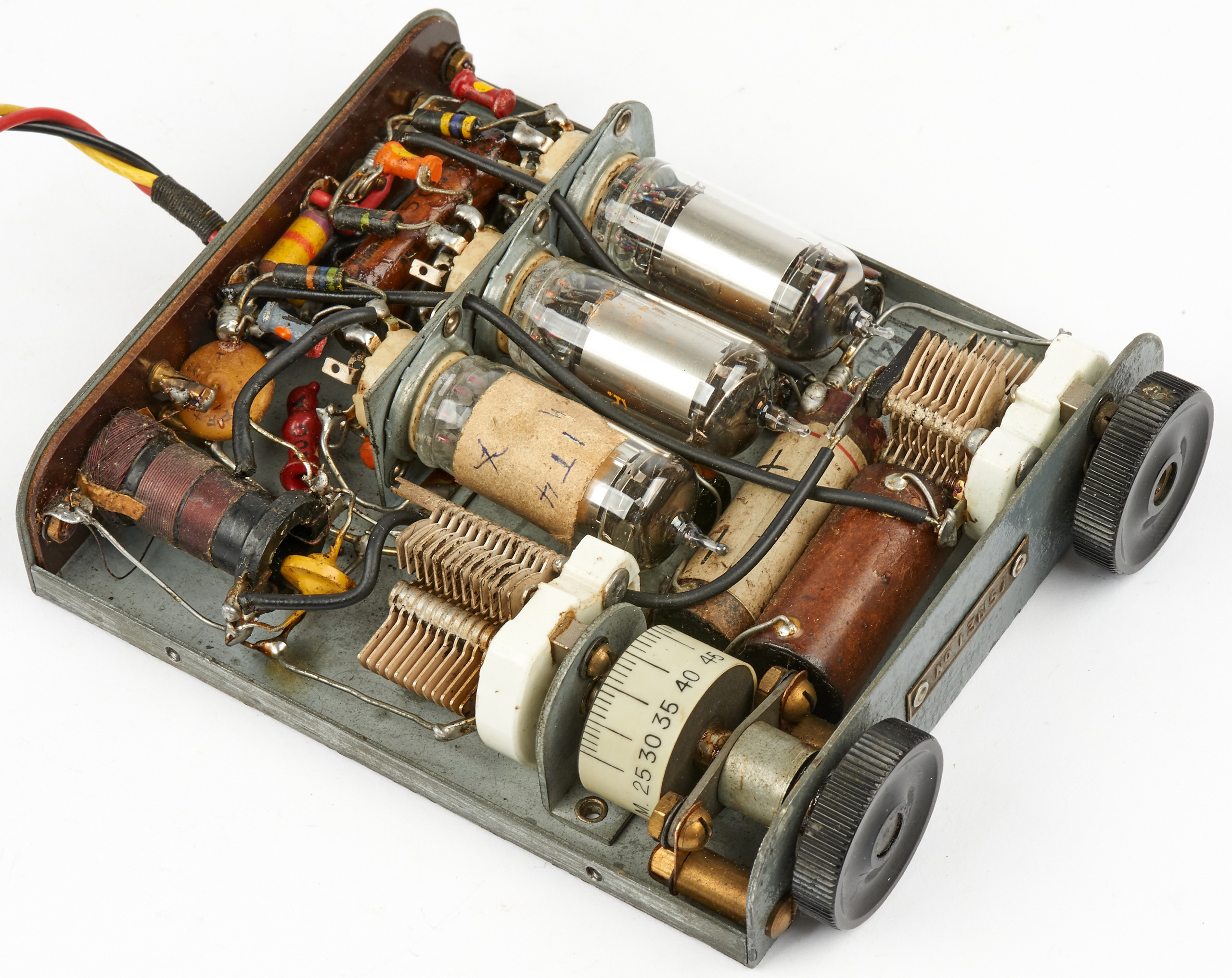Simrad is 75 years old, and doing fine
Simrad is celebrating its 75th anniversary as a marine electronics brand, and that’s a good excuse to look at old photos and reminisce about how far the technologies have evolved. Consider, for instance, the compact shortwave receiver above, nicknamed the “Sweetheart”. Though not actually a marine radio, it’s key to Simrad’s origin story. That’s because founder Willy Simonsen distinguished himself in the Norwegian resistance before starting his company after World War II, escaping to England where 50,000 of his Sweetheart designs were built and airdropped behind enemy lines so that resistance groups in Norway and other occupied nations could keep up with BBC news…
















